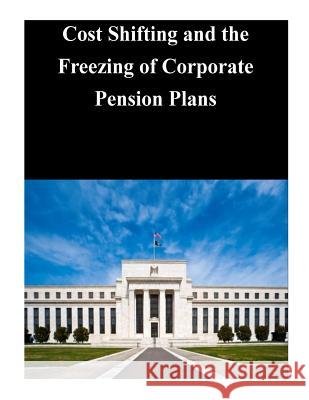Cost Shifting and the Freezing of Corporate Pension Plans » książka
Cost Shifting and the Freezing of Corporate Pension Plans
ISBN-13: 9781503223714 / Angielski / Miękka / 2014 / 54 str.
Many U.S. corporations have frozen defined benefit (DB) pension plans, replacing new DB promises with contributions to defined contribution (DC) plans. We estimate expected DB accruals from the age-service and salary distributions of a large sample of U.S. corporate pension plans with more than 1,000 employees. Comparing the counterfactual DB accruals to the actual increase in 401(k) and other DC contributions for firms that freeze, we find only partial compensation to employees for the lost DB accruals. Net of the increase in total DC contributions, firms save 2.7-3.6% of payroll per year, and over a 10-year horizon they save 3.1% of total firm assets. Workers would have to value the structure, choice, flexibility, or portability of DC plans by at least this much more to experience welfare gains from freezes. The forgone accruals and net cost effects are initially largest for older employees but over time become largest for middle-aged employees who plan to stay with the firms until retirement. Furthermore, the probability that a firm freezes a pension plan is positively related to the value of new accruals as a share of firm assets. While there are differences in the age-service distributions of firms that freeze versus those that do not, we find that the differential accrual effect is largely driven by differences in benefit factors and the relative importance of labor in the freeze firm's production function. The results overall support the hypothesis that pension freezes affect overall compensation and therefore that they change compensation costs relative to a worker's marginal product.
Zawartość książki może nie spełniać oczekiwań – reklamacje nie obejmują treści, która mogła nie być redakcyjnie ani merytorycznie opracowana.











